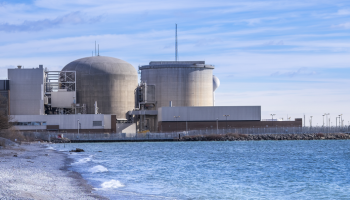Overview
Data visualization
Data sources
The data used to create this interactive web application is from the following listed data tables:
- Statistics Canada. Table 25-10-0017-01 Electric power generation, annual fuel consumed by electric utility thermal plants
- Statistics Canada. Table 25-10-0018-01 Electric power generation, annual cost of fuel consumed by electric utility thermal plants (x 1,000)
- Statistics Canada. Table 25-10-0019-01 Electricity from fuels, annual generation by electric utility thermal plants
- Statistics Canada. Table 25-10-0020-01 Electric power, annual generation by class of producer
- Statistics Canada. Table 27-10-0347-01 Industrial energy research and development expenditures by area of technology, by industry group based on the North American Industry Classification System (NAICS) and country of control (x 1,000,000)
- Statistics Canada. Table 25-10-0084-01 Electric power generation, fuel consumed and cost of fuel by electricity generating thermal plants


